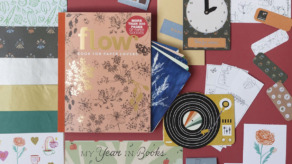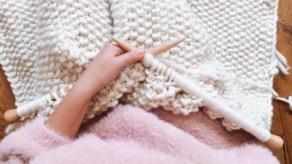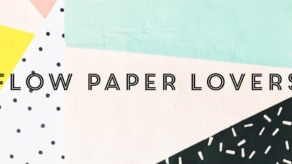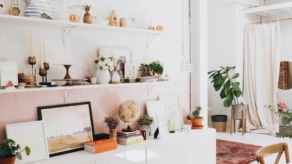Routine in your bullet journal
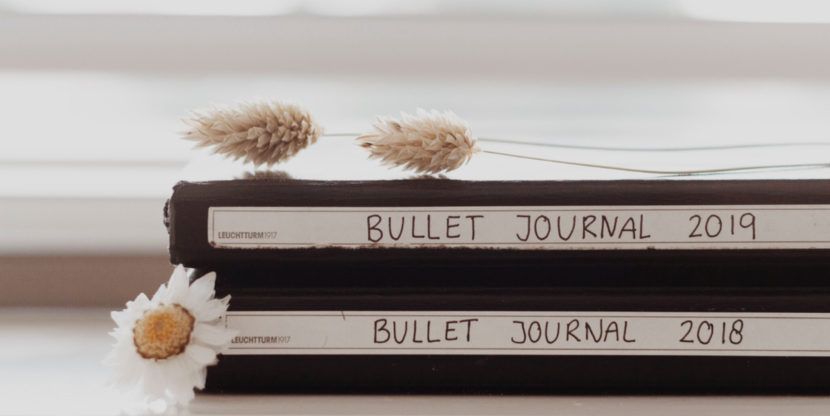
Loads of individual lists, an agenda, a creative outlet: A Bullet Journal (BuJo) is something that you create yourself. Flow’s intern Suzanne starts 2020 with a whole load of empty pages and looks at how she can fill them.
Let’s talk about trackers. Every morning I have a quick shower, eat some yogurt with cruesli and leave on time to catch the 8:30 am train. I swim on Monday and Wednesday evenings and on Friday nights, I see my friends. Week in, week out. Because doing the same things gives me peace of mind.
I love routine, and I want my Bullet Journal to become part of mine. My very first one, however, went wrong. I started with good intentions, but because I wasn’t used to sitting down to it at set times, the pages filled up less and less.
Quite a few Bullet Journals later, I now manage to keep up with it regularly. Tuesday evenings and Saturdays, I set time aside for it as standard. First, I use pencil, then I trace the lines with fine-liner and then I decorate the pages with paper, stickers and washi tape. I follow the same steps time and time again.
Even the order in my BuJo is guaranteed. I split it into months: first the agenda and then my trackers. With those, I keep track of my habits, expenses and (change of) moods. The good thing about this is that you can always look back to see if you have made progress. For example, I look at my expenses for July last year and see that this was my most expensive month due to two vacations. To save costs, I will travel less this year. Even though that means deviating from my routine.
